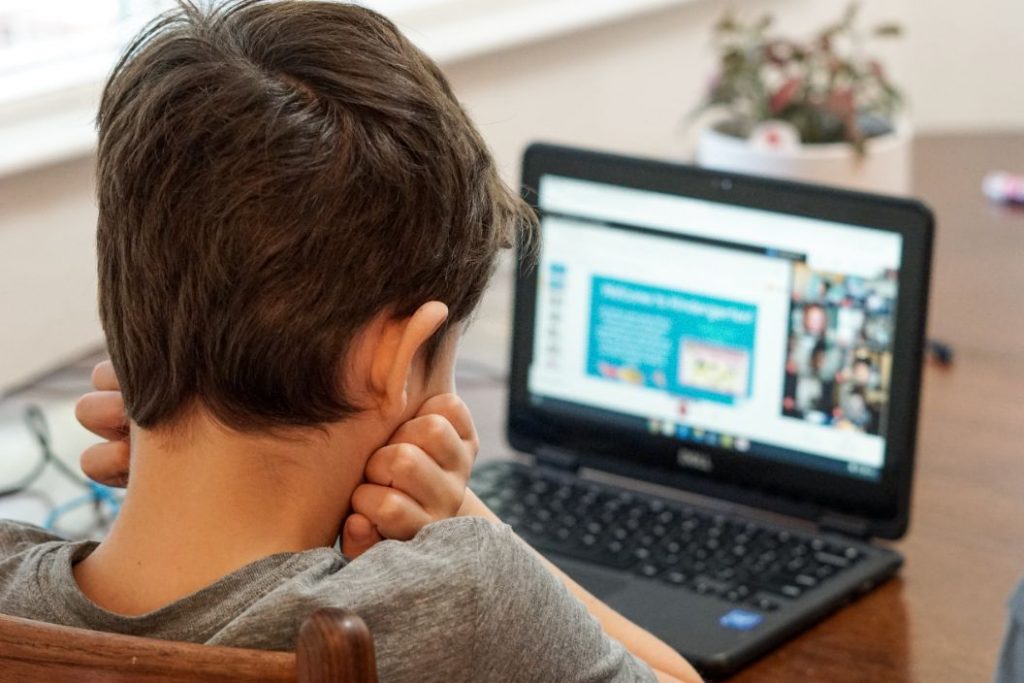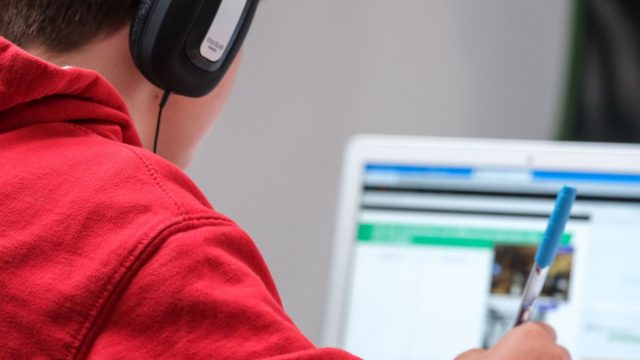These days, online education is becoming more and more common, and this trend is here to stay. It is not surprising that online learning is well-liked given its increased flexibility, options for self-directed learning, and availability of the same professors and lecturers as traditional education. Is earning a degree online preferable to attending class with a real professor, though? Please continue reading if you’re interested in learning more about online and face-to-face courses.
What Is Online Learning
Any form of education that takes place online is considered to be online education. An additional course, a complete degree program, or independent study are all possible options. Online education is frequently asynchronous because students do not necessarily have to learn at the same time and location as their instructors do.
What Is Face-to-face Learning
The more conventional method of instruction is face-to-face, in which both teachers and students show up for a session in person at the same time. In most classes, the teacher is the one leading and the students are merely following along.
Online Learning Vs Face-to-face
Asynchronous Learning Vs Synchronous Learning
Face-to-face instruction is synchronous, or delivered at the same time, as opposed to online instruction, which is one of the most notable differences between the two. Face-to-face learning involves the presence of all teachers and pupils.
However, that is not necessary for online learning. Asynchronous or synchronous online learning is possible.
Delivering Knowledge Vs Facilitating Learning
The majority of the time, in face-to-face classes, the instructor simply imparts knowledge and later evaluates the students’ comprehension of it.
When compared to online instruction, where teachers serve more as learning facilitators by assisting their students in comprehending the subject matter through the use of online resources, this is the opposite.
Teacher Vs Child-led Advancement
While both online and face-to-face study can include elements of both student-led and teacher-led curricula, the online study lends itself better to student-led advancement and learning. Students who study online have more autonomy over their learning and can devote more time to specific topics.
Discipline And Self Motivation
Some may argue that because online learning requires so much self-motivation and self-control, it is more difficult to succeed. You must be your own motivator, timekeeper, and enforcer when learning online because no one will be holding you accountable.
Measuring Performance
Instructors need a way to gauge student performance in both in-person and online learning. Normally, this is accomplished through the submission of assignments, the administration of tests, exams, and quizzes, and the creation of participation points. It can be more difficult to gauge participation and “attendance” in an online learning setting.
Arguments In Support Of Online Learning
According to assessments, e-learning is both superior to and more efficient than conventional classroom settings. It is thought that learning is a lifelong endeavor and that it remains a learner’s intangible asset.
The emphasis here is on the learners, suggesting that teachers should not impose their will but rather should facilitate learning. Online courses, according to proponents of e-learning, give students more control over their coursework than traditional classroom settings do.

In the online setting, teachers serve more as knowledge facilitators than as insight-deliverers. When studying online as opposed to in a classroom, students engage with their coursework more frequently.
The interaction is essential for helping students develop their analytical and critical thinking abilities. In essence, e-learning creates scholars who have mastered the art of knowledge acquisition, assimilation, and application in various contexts.
As a result, online learning is superior to traditional classroom settings.
The rise in the participation rate is the second argument made in favor of online education. In today’s fast-paced world, the majority of students work part-time jobs for various businesses or own their own companies. An average American employee, according to research, makes $19 and has only one percent of their time for learning.
Workers must acquire new technical skills in light of recent changes in the business world. People can learn at their own pace while taking advantage of the opportunities available thanks to the flexibility provided by e-learning.
Online learning is both synchronous and asynchronous, according to Lederman (3), which means that students do not always need a tutor or to log in at a specific lesson time. When a student needs clarification, they can always turn to their tutor for assistance.
In essence, e-learning has made it easier for many people to access education, regardless of their employment status or line of work.
Online learning is superior to a face-to-face education system because gaining access to education is the first step in learning something new.
Reasons Why Online Learning Is More Effective
Are face-to-face and online learning equally effective? It could even be better.
Students Learn More
Students can learn at their own pace because online courses give them complete control over what they learn. They can work quickly through concepts they are familiar with and take their time with concepts they are less familiar with.
Higher Retention Rates
Numerous studies have revealed that compared to traditional, in-person students, online students have much higher retention rates. When physical restrictions are removed, online learning broadens access and increases the likelihood that a student will complete a course or program.
Lower Time Investment
Since they don’t have to travel to classes, students who take classes online save a ton of time. Face-to-face instructors also have a need to fill the allotted class time, even though students could be using that time to work on something more beneficial to their learning.
The average amount of time spent by students on online learning is lower, but they are making the most of it by investing it in their education.
Frequent Assessments Reduce Distractions
There are many distractions in a classroom setting, but they are not present at home. Online, students’ disruptive behavior is no longer a part of the classroom environment, and there is no need to interrupt the lesson to accommodate a single disruptive student.
Additionally, many online courses use more frequent “knowledge checks” or mini quizzes to keep students on track.
It’s The Green Way To Study
Online education reduces carbon emissions from both traveling to and from campuses as well as from using paper and electricity. When compared to conventional, face-to-face classes, online courses use 90% less energy and emit 85% less carbon.
Tracking Learning Patterns
Online learning enables educators and instructional designers to track learning in ways that face-to-face learning cannot. With the help of analytical tools, educators and researchers can determine what really works and what doesn’t, and they can use that knowledge to improve future curriculum and instruction design.
Conclusion
In conclusion, online learning has grown in popularity recently, with many recent graduates and members of the working class taking some courses online to improve their skills. High levels of student satisfaction among online learners are a result of technological development and the flexibility offered by e-learning.
What do you think if online learning is equally effective as in-person instruction?

